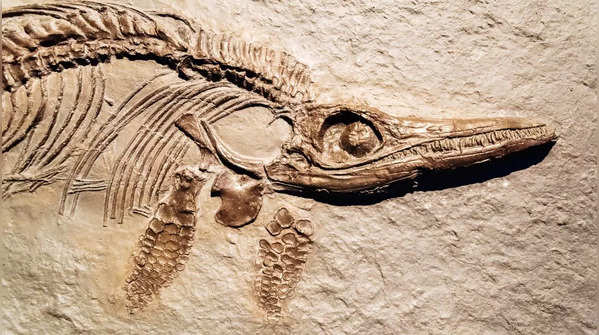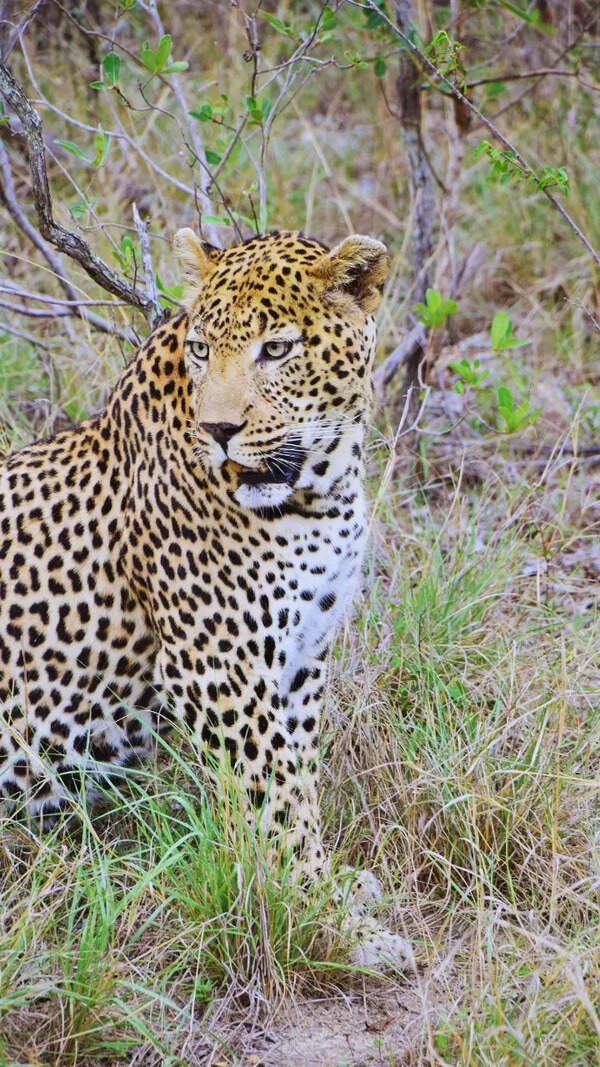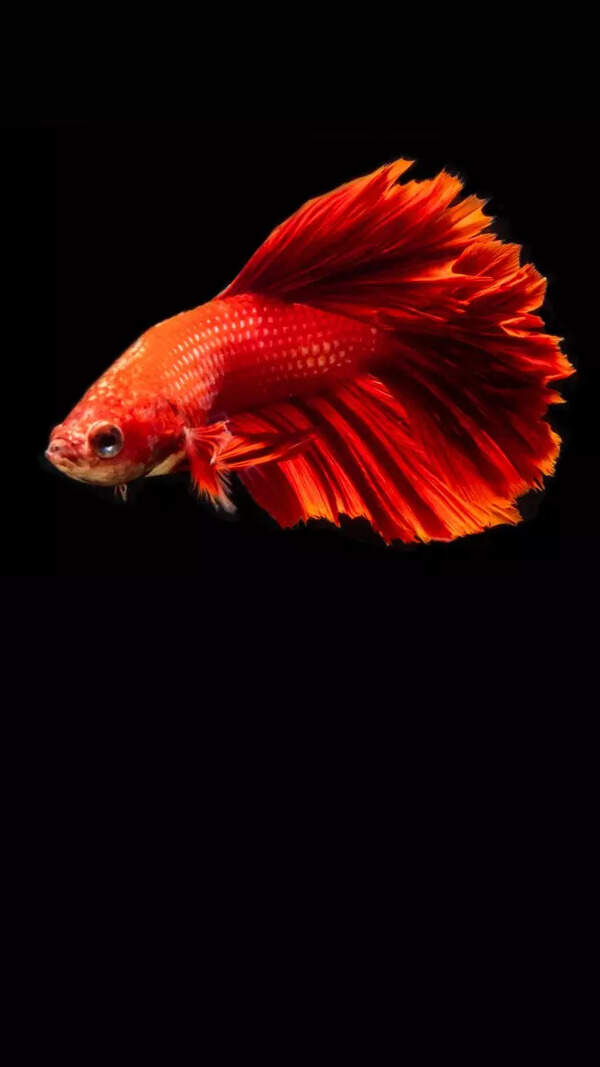5 most interesting fossils discovered in the 21st century

5 most interesting fossils discovered in the 21st century
The study and discovery of fossils has always been an interesting aspect of science to researchers, as each discovery gives them a glimpse into life from millions of years ago. While fossils have been unearthed for centuries, the 21st century has brought some unbelievable ones that have redefined our understanding of life on Earth.
These finds include dinosaur mummies, and new species of early humans, which have given an idea about the prehistoric life on the Earth. These discoveries are more than just scientific curiosity, as they account for the vital pieces in the puzzle of Earth’s evolutionary history and act as the fillers to the missing links. Here are five of the most important fossil discoveries of the 21st century.

Archaeopteryx -2011
In 2011, a new and well-preserved specimen of Archaeopteryx was discovered in Bavaria, Germany, that provided the scientist with some of the most important information about the evolution of flight or birds in general. This is also known as one of the "most famous" transitional fossils, as Archaeopteryx bridges the gap between dinosaurs and birds, with its feathered wings and dinosaur-like features. This new specimen, with preserved feathers and even the fine structure of the wings, gave researchers an even clearer picture of how feathers evolved for flight. The discovery proved the theory that birds are direct descendants of theropod dinosaurs. This fossil has become an important piece of evidence for understanding how flight developed in ancient animals.

The Dinosaur Mummy - 2011
Paleontologists in North Dakota, USA, discovered a well-preserved fossil of a Hadrosaur, commonly known as a duck-billed dinosaur in 2011. Popularly called the "dinosaur mummy," this fossil stood out because it showed much more than the typical fossilised bones as it clearly preserved detailed fossilised skin, muscle tissue, and even remnants of the dinosaur's stomach contents, which included plants it had eaten before it died. The preservation of such soft tissue is incredibly rare, and it provided important information about the daily life and biology of these long-extinct creatures. The mummy's excellent condition has made it one of the best-preserved dinosaur fossils ever discovered.

Ancient fossilised forest in Norway - 2015
In Norway's Svalbard archipelago, scientists discovered an ancient forest that’s revealing new secrets about Earth’s climate history. This isn’t just a handful of old tree stumps, but an entire forest, frozen in time, with its root systems, branches, and even leaves still preserved. It’s like stumbling upon a prehistoric park hidden beneath the ground. By studying these ancient trees, researchers can learn how forests responded to climate changes in the past, which could help us understand today’s shifting climate.

Homo Naledi- 2015
In 2015, scientists discovered Homo naledi, a new species of early human, deep within the Rising Star Cave system in South Africa. This discovery came as a surprise to the world because Homo naledi showed a strange mix of ancient and modern human traits. The fossils were found in a remote chamber, and the species seemed to have lived about 3,00,000 years ago, yet the body structure suggested a more primitive version of humans. Its small brain and long arms were a contrast to its more advanced body features, such as a human-like hand. The mystery of how Homo naledi fit into human evolution, particularly regarding its use of tools and possible burial rituals, is still a topic of research among scientists.

Fossils of 'Vasuki Indicus'-2016
Vasuki indicus is an ancient snake fossil discovered in 2016 in Madhya Pradesh, India. The fossil dates back to around 67 million years ago and it’s one of the earliest known species of snake, which gives scientists information on snake evolution. The fossil, which includes parts of the skull, reveals the snake’s primitive features, resembling both early lizards and modern snakes. It likely grew up to 6 meters long and is considered the oldest known boid snake, related to boas and pythons. Named after the mythical serpent king Vasuki, this fossil helps paleontologists understand the evolutionary shift from lizards to serpents.









